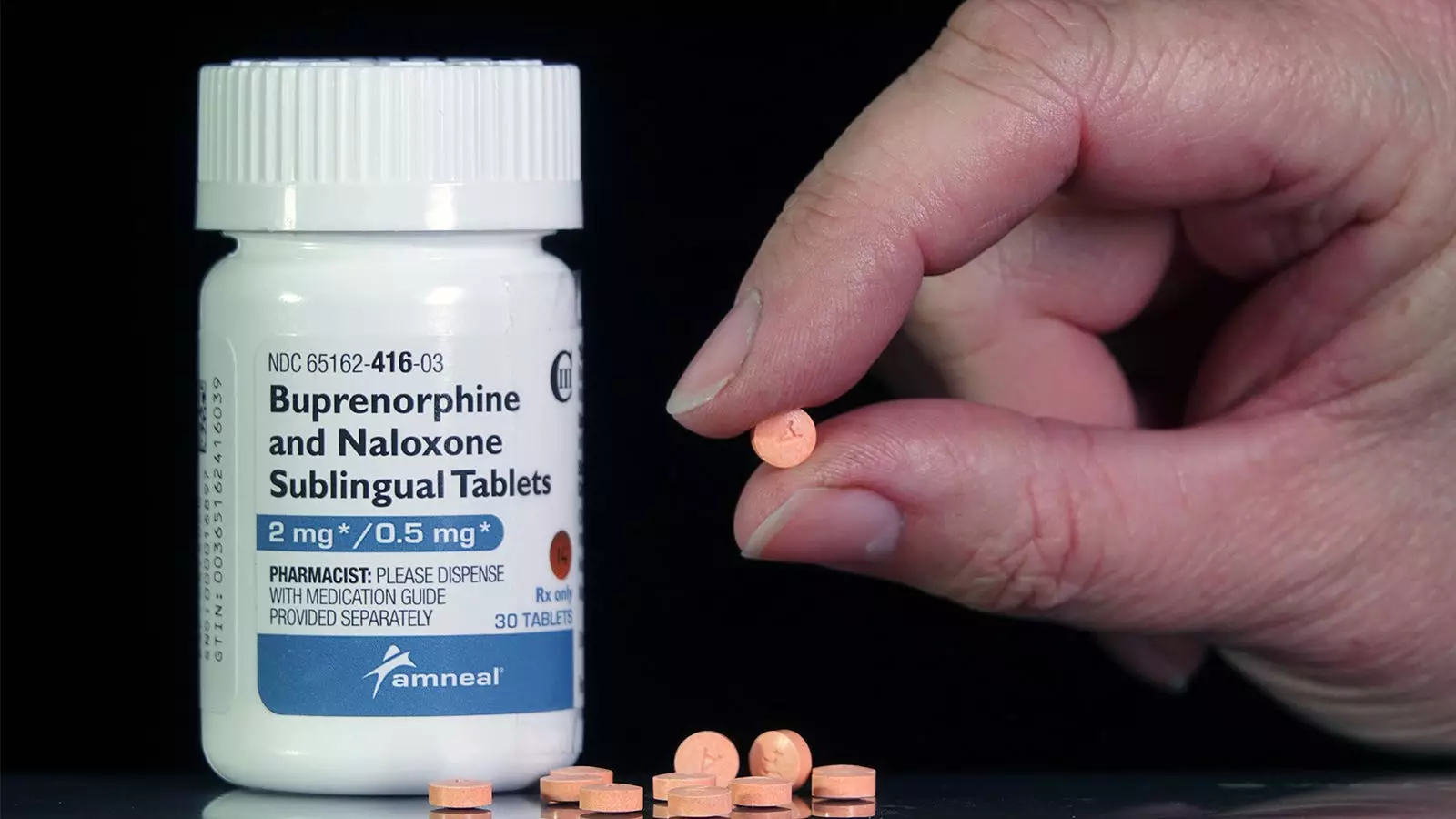The opioid epidemic in the United States has been highly influenced by the prevalence of fentanyl, a potent synthetic opioid. However, the dosing guidelines for buprenorphine and methadone, two commonly used medications for opioid use disorder (OUD), have not been adequately adjusted to account for the fentanyl era. Patients with a history of chronic fentanyl use often report that the standard dose of 16 mg of buprenorphine is insufficient in controlling their cravings and withdrawal symptoms. In fact, our recent study published in JAMA Network Open revealed that patients prescribed a higher dose of 24 mg were 20% less likely to discontinue treatment within 6 months. These findings indicate the urgent need for reevaluation and optimization of buprenorphine dosing guidelines.
Similar to buprenorphine, the dosing guidelines for methadone also require reevaluation. Methadone is often used as an alternative to buprenorphine for patients with severe OUD. However, the current daily limits of methadone at the start of treatment are often inadequate in managing the withdrawal symptoms experienced by individuals who use fentanyl. Many patients on high doses of methadone continue to experience ongoing withdrawal symptoms and may even resort to using fentanyl to alleviate these symptoms. To address this issue, split dose methadone should be made more accessible as a treatment option.
Exploring Adjunctive Medications and Therapeutics
In addition to optimizing the dosing of buprenorphine and methadone, there is a pressing need to explore the use of adjunctive medications to alleviate withdrawal symptoms and aid in the initiation of new medications. Robust studies on these adjunctive medications are necessary to ensure their effectiveness and safety. While waiting for the development of novel therapeutics, it is crucial to analyze existing clinical data rigorously and with a sense of urgency. This analysis will help identify potential areas for improvement and allow for the optimization of current OUD treatment practices.
Beyond medication optimization, there are operational barriers that hinder access to effective OUD treatment. State governments play a pivotal role in demanding operational efficiencies and evidence-based practices from various healthcare providers and systems. For example, national chain pharmacies should not deny filling buprenorphine prescriptions for patients with certain Medicaid coverages, and insurance companies should not impose prior authorization requirements for doses above 16 mg. Coordinated efforts among providers, such as implementing an accountable answering service system at opioid treatment programs, can also significantly improve patient care and treatment outcomes.
Reconciling Profit and Comprehensive Care
The expansion of the for-profit substance use treatment industry raises important questions about whether it can adapt and provide comprehensive care to effectively combat the overdose crisis. Each actor in the industry often operates in isolation, detached from the realities and challenges of delivering comprehensive care to individuals with substance use disorders. It is imperative to assess whether the for-profit industry can make the necessary adjustments in both medication and operational practices to address the ongoing epidemic of opioid-related deaths.
Transforming Data into Action
While studying the impact of fentanyl and optimizing treatment practices is a crucial step forward, it is equally important to translate these findings into actionable changes in clinical practice. We have spent far too much time observing the devastating effects of fentanyl without fully utilizing the evidence-based tools at our disposal. Data from studies, such as our research supported by the Rhode Island Department of Health and the National Institute on Drug Abuse, must be integrated into practice guidelines and implemented with the utmost urgency.
The prevalence of fentanyl in the opioid supply necessitates the reevaluation and optimization of buprenorphine and methadone dosing guidelines. The experiences of patients with chronic fentanyl use indicate the need for higher doses of these medications to effectively manage cravings and withdrawal symptoms. Additionally, adjunctive medications and therapeutics should be rigorously studied and implemented to improve treatment outcomes. State governments play a crucial role in demanding operational efficiencies and evidence-based practices, reducing barriers to access, and coordinating care among healthcare providers. Furthermore, the for-profit substance use treatment industry must confront the challenge of reconciling profit with the delivery of comprehensive care. It is imperative that we transform existing data into meaningful action to address the ongoing opioid epidemic and save lives.


Leave a Reply